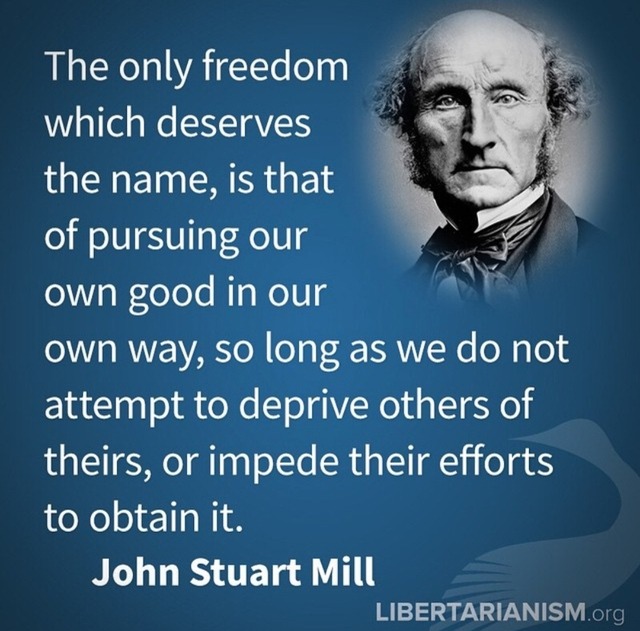

To compensate for this lost mechanism for conflict resolution, the organisation decided to work with the women and elders of the concerned villages to establish a network for conflict resolution. The organisation had not conducted a conflict analysis or analysis of the local capacities of peace prior to the intervention that would have revealed this issue. A subsequent study revealed that women would discuss, negotiate and resolve many community problems on their travels to and from the water wells. An unexpected outcome of the wells was an increase in family conflicts and inter-village conflicts. She identifies three approaches that encompass these considerations: Do no harm (Anderson and CDA), PCIA (Bush) and Aid for Peace (Paffenholz and Reychler).Ĭonstruction of water wells increasing conflict in rural Kenya: lack of conflict analysisĪn international organisation decided to build water wells closer to remote villages, such that women no longer had to travel long distances.

Paffenholz (2005) emphasises attention to the actual implementation of programmes and involvement of aid agency staff in the assessment or planning of conflict sensitive cooperation. A common central component of conflict sensitivity approaches and tools is conflict or political economy analysis, which provides an understanding of the interaction between the intervention and the context and informs conflict sensitive programming ( Resource pack).
#Harm principle how to#
Conflict sensitivity should inform all levels of interventions and all stages of a programming cycle (see How to guide, Ch. There are various approaches and toolkits to guide thinking on conflict sensitivity and its operationalisation. This allows for the actual operationalisation of conflict sensitivity, by improving awareness of the potential or actual impacts of interventions on conflict dynamics and peacebuilding and helping to design more effective, coherent interventions. Analytic measures, which involve familiarity with research, approaches and tools to understand conflict, conflict transformation and peacebuilding and achieve conflict sensitivity.

This is the starting point for the adoption of conflict sensitivity – the understanding that aid actors and aid interventions are not neutral and that donors have a duty to understand the contexts in which they operate and to ensure at a minimum that their interventions do not cause harm.


 0 kommentar(er)
0 kommentar(er)
